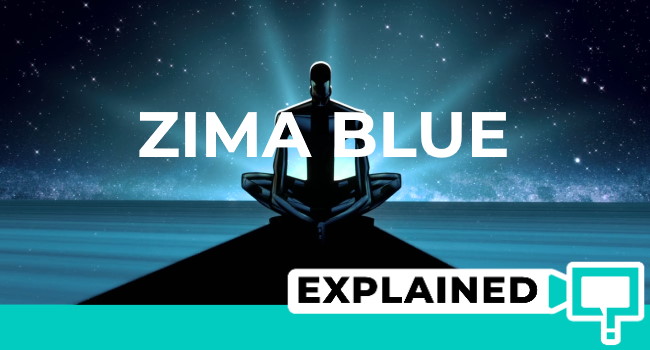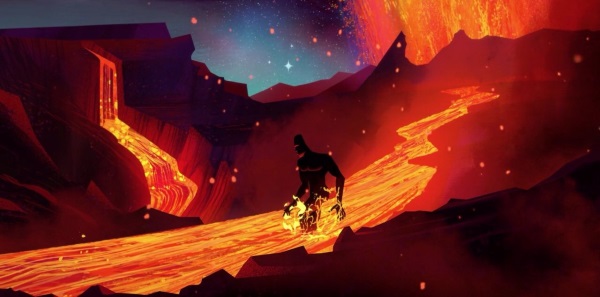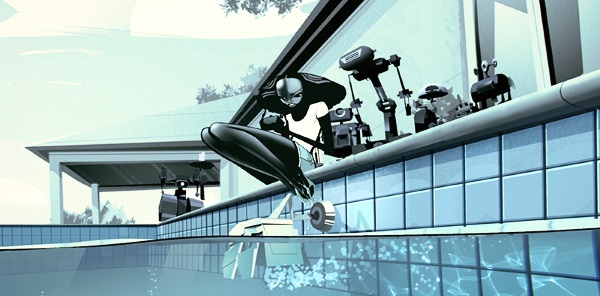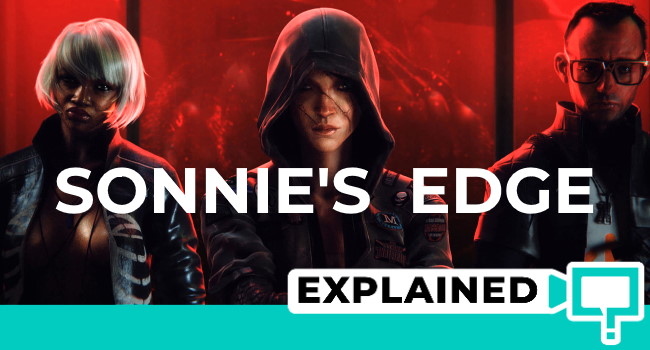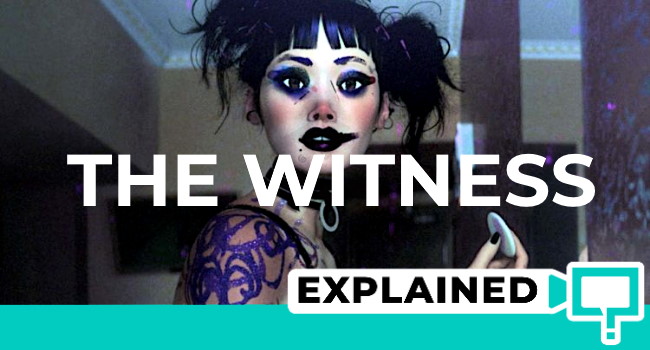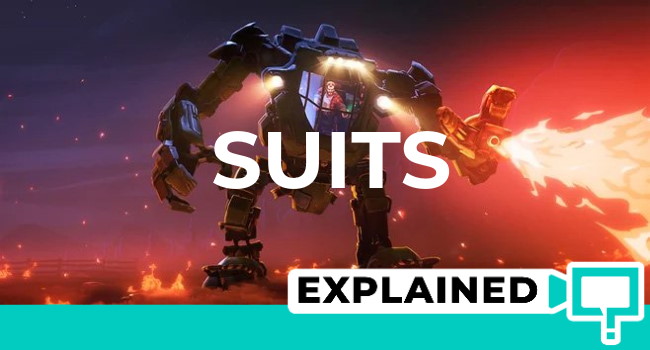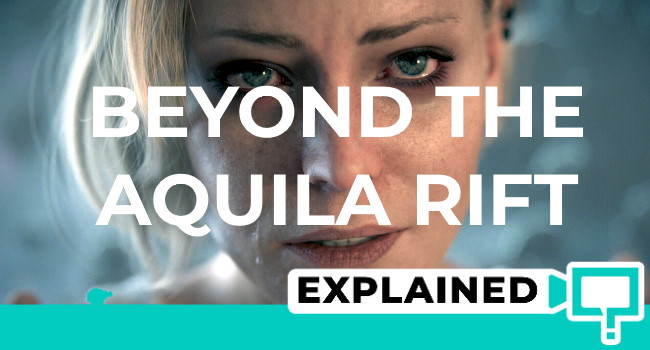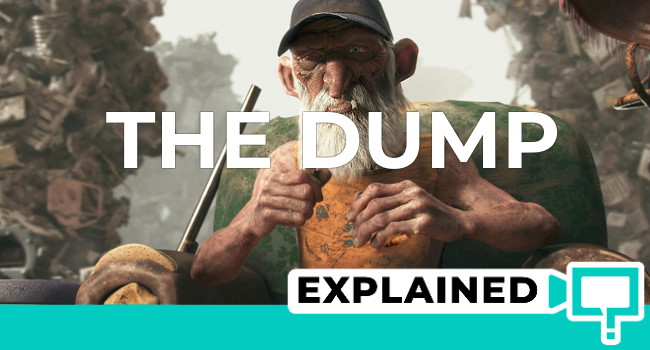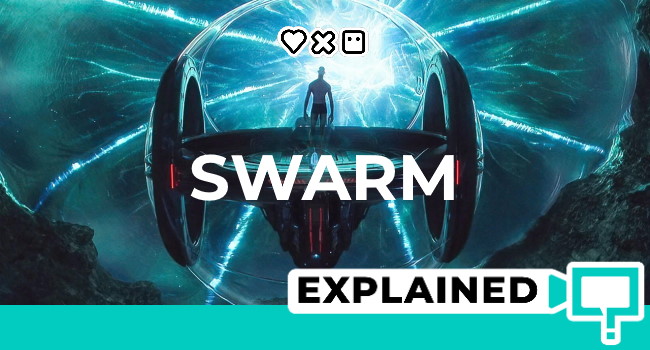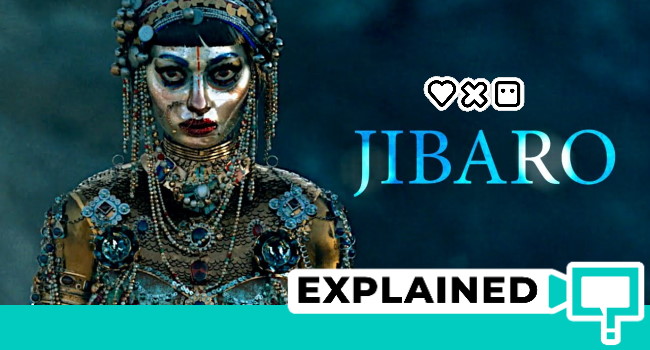Zima Blue is Episode 14 of the Netflix series Love, Death And Robots. The story is centered on a renowned artist who is about to unveil his final work to the world as he takes people through his past. This short film is quite philosophical and carries a simple message in the end. Here’s the plot analysis and Love, Death And Robots: Zima Blue’s ending explained, spoilers below.
Hollywordle – Check out my new Hollywood Wordle game!
Where To Watch?
To find where to stream any movie or series based on your country, use This Is Barry’s Where To Watch.
Oh, and if this article doesn’t answer all of your questions, drop me a comment or an FB chat message, and I’ll get you the answer. You can find other film explanations using the search option on top of the site.
Zima Blue: Plot Summary
Let’s go through this plot linearly.
Long ago, there was a talented young woman with a keen interest in practical robotics. She created dozens of robots to do odd jobs around her house, but she was especially fond of the one she’d created to clean her swimming pool. The little machine toiled endlessly, scrubbing the ceramic sides of the pool. But the young woman wasn’t satisfied with the job it did. So she gave it a full-color vision system and a brain large enough to process the visual data into a model of its surroundings. She gave it the ability to make its own decisions, to design different strategies for cleaning the pool. She continued to use the machine as a test-bed for new hardware and software. And by stages, it became more aware. Eventually, the woman died. The little machine was passed from one owner to the next. They added things, made modifications here and there and with every iteration, it became more alive.
Zima Blue Meaning
The colour of the blue tiles used in the swimming pool was called Zima Blue by the tile manufacturers. And that is the first thing the little robot ever saw. Taking on the name of Zima, the machine becomes the world’s most sought after artist surrounded by an air of mystery. The world thinks that Zima is human who over time has done cybernetic modifications to himself. That he underwent radical biological procedures which enabled him to tolerate extreme environments without the burden of a protective suit. His eyes could see in any known spectrum, and he no longer breathed oxygen. His skin was replaced with a pressurized polymer. Now, these transformations look unimaginable on a human, but not that bizarre on a robot. Zima is in search of his true purpose and has been pushing the boundaries of science and art to find it.
The Blue in the Murals
Over time Zima’s murals begin featuring a blue square in the middle of the canvas. Further, the paintings featured a larger square until Zima unveils an entirely blue mural. Zima Blue. We are told much of the story through a narrative by Claire who is a reporter that Zima has requested to speak with. When she meets him, Zima explains that he wants her to tell his story. Claire, like everyone else, believes Zima is a human with machine parts.
Zima Blue’s Revelation
Zima explains that his search for truth was outward, into the cosmos and he soon realized that the universe was already speaking its own truth. Meaning, the cosmos was way older and had its own purpose of existence. So Zima’s focus turned inward, he began looking for his origins and located the swimming pool which he first cleaned. He states that at last, he understands the thing he sought through his art. He says that he was a crude little machine with barely enough intelligence to steer itself. But it was his world. Cleaning was all he knew, all he needed to know.
Zima Blue: Ending Explained
Zima immerses himself and shuts down all his higher brain functions. He leaves just enough to appreciate his surroundings to extract some simple pleasure from the execution of a task well done. He states that his search for truth is finished at last.
The Zima Blue Philosophy
The meaning here is pretty deep yet straightforward. Humans seek the purpose of their existence, and everything we set out to conquer in this search is outward. However, we end up looking for the wrong things – riches, power, status, etc. If we started looking inward, we’d begin to realize that happiness is extracted from the simple things we do and feel. From the people in our lives. What one has, even if it is mundane, might be far more meaningful than the seemingly majestic options. One might be happier embracing their true self rather than creating a falsified outward appearance to seem more impressive. The purpose of our existence is merely to be a harmonious part of our ecosystem which in turn is a part of the universe. The quest for wealth and power would never complete that quest for happiness. For Zima, the blue in his murals was his true calling. His purpose that once was. Why he had been created. He simply goes back to his beginning and embraces his truth.
Here are the other episodes of Love, Death And Robots:

Barry is a technologist who helps start-ups build successful products. His love for movies and production has led him to write his well-received film explanation and analysis articles to help everyone appreciate the films better. He’s regularly available for a chat conversation on his website and consults on storyboarding from time to time.
Click to browse all his film articles
